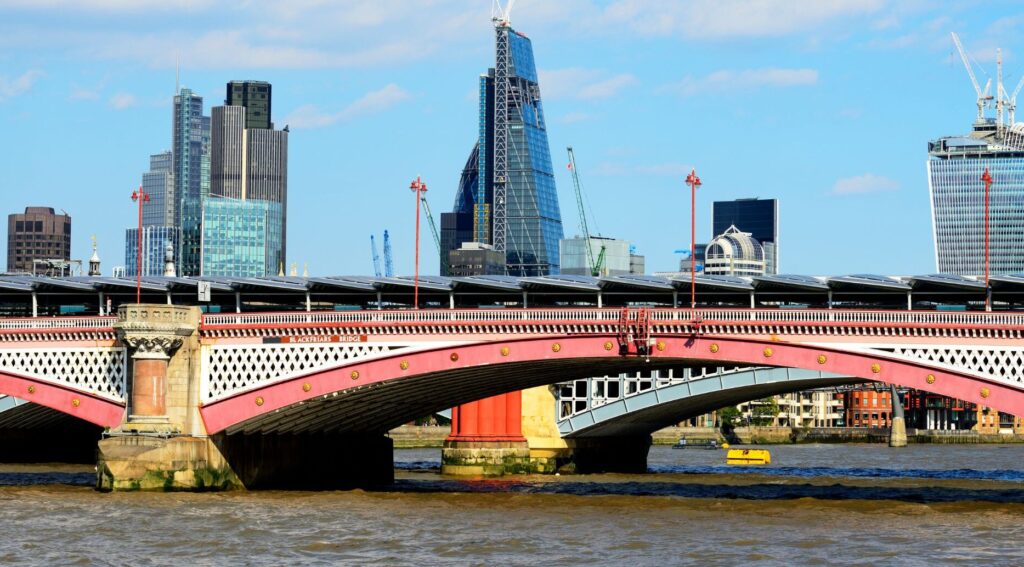
Record-breaking rights of light damages: what Bankside Lofts means for developers, investors and neighbours
Thursday 17th July 2025
A recent High Court decision has reset the dial on rights of light disputes, awarding what is believed to be the highest negotiating damages yet seen in this area of law. In Cooper v Ludgate House Limited and Powell v Ludgate House Limited [2025] EWHC 1724 (Ch), the court found that a new office tower substantially interfered with light reaching two neighbouring flats at Bankside Lofts, near Blackfriars Bridge.
Rather than ordering demolition, the court directed the developer to pay £350,000 to Mr Cooper and £500,000 to Mr and Mrs Powell. The judgment not only underscores the commercial risk attached to rights of light but also provides welcome clarification on measurement techniques, the availability of negotiating damages and the factors that steer the court away from injunctive relief.
The dispute
Bankside Lofts is a late-1990s riverside conversion whose residents have long-established easements for light. Ludgate House Limited is constructing a multi-tower scheme called Bankside Yards immediately to the west. Arbor, the first tower to rise, was substantially complete before Southwark Borough Council granted the developer statutory protection under section 203 of the Housing and Planning Act 2016 – essentially, protection that its building works may proceed even on the basis of interference with established rights, such as light. Given that the works to Arbor were nearly complete, that section 203 protection did not apply.
Two Bankside Lofts apartment owners sued, seeking either an injunction that would force partial demolition or, alternatively, damages reflecting the price the developer would have paid to proceed lawfully.
The court’s views
The court revisited the century-old House of Lords authority in Colls v Home and Colonial Stores [1904] AC 179, confirming that an easement protects the amount of light reasonably required for ordinary use, not every ray that enters a room. Because future phases of Bankside Yards will inevitably block additional light, and that interference is already sanctioned by section 203, any such light was disregarded in the technical analysis. This approach materially increased the extent of actionable loss attributable to Arbor.
Developers have increasingly promoted modern metrics such as Median Daylight Factor (MDF), Median Daylight Illuminance (MDI) and others, claiming they are more nuanced than the traditional Waldram method. The court demurred. Waldram, it said, continues to command industry confidence, serves the interests of certainty and is fit for purpose in straightforward cases such as this. Newer methods may have a role in marginal situations, but they did not displace the long-standing benchmark here.
Although the claimants pressed hard for an injunction, the court considered the broader picture. Demolition would inflict major cost on the developer, entail significant carbon waste and, thanks to section 203, would likely be followed by reconstruction that sidestepped any further rights of light challenges. Weighing the proportionality of each remedy in the round, the court opted for damages in lieu.
Negotiating damages are awarded based on a hypothetical negotiation that seeks to determine the amount a defendant would reasonably have agreed to pay to be released from their obligation, in this case, not to infringe the claimants’ rights of light. Following previous Supreme Court guidance, negotiating damages require the court to simulate the bargain that would have been struck just before the wrongful act. Key inputs included:
- the additional development value unlocked by proceeding with Arbor in its existing form;
- a typical market range of 10–15 per cent of that uplift to be shared among all affected neighbours; and
- apportionment based on each flat’s contribution to the overall constraint.
Applying those factors produced awards of £350,000 for Mr Cooper and £500,000 for the Powells – figures that eclipse all previous right of light settlements reported in open court.
Practical takeaways
- Rights of light can survive modern planning permissions and statutory powers. Developers should commission specialist surveys at the concept stage, stress-testing multiple scenarios before designs are finalised.
- Until the industry coalesces around a replacement, advisers can assess risk with greater certainty by continuing to rely on Waldram methodology.
- The court reaffirmed that damages may be based on the notional release fee, not merely on any fall in a property’s market value. The premium approach can be several orders of magnitude higher.
- Statutory protection applies only where construction has not yet commenced. Developers should start early and liaise with the local authority; otherwise completed structures remain exposed.
- Claimants who act promptly and reasonably enhance their prospects of a generous award. Developers should record genuine attempts to negotiate, as this may temper the court’s assessment.
Conclusion
Bankside Lofts demonstrates that rights of light remain a potent brake on urban development, capable of commanding six-figure payments even after construction is well advanced. The decision offers a roadmap for valuers, surveyors and lawyers grappling with similar disputes and should encourage proactive engagement long before works commence.
Contact our property disputes team with your development queries.


